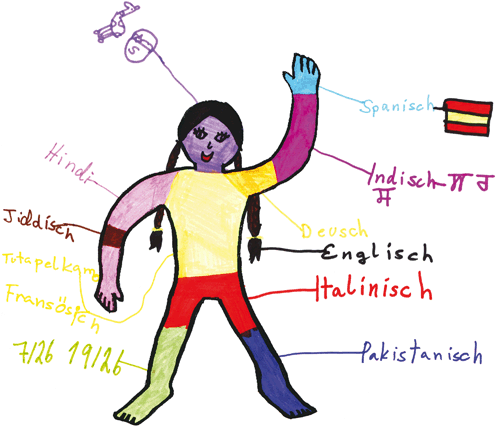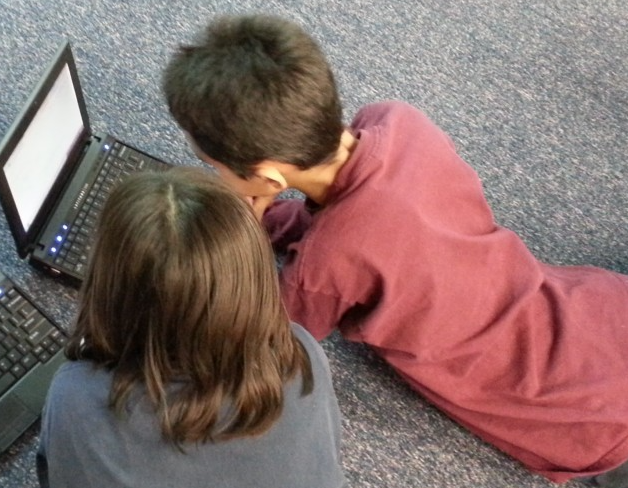Aperçu des sections
- Promoting multilingualism in the classroom
- Exploring and understanding one's multlingual selfExploring and understanding one's multlingual selfLivre: 1Pénc: 1Pages: 8Contenu interactif: 3
Did you know?
Language awareness is one of the main plural approaches to language teaching and learning, recommended in Europe.
Observe and reflect
Before proposing you guidelines for enabling experiences, we invite you to observe and reflect.
What can you do?
An activity to reflect on languages, their use and what they represent and mean to each child

The activity targets children attending early childhood education settings
An activity to reflect on how children represent themselves and their bi-/multi-lingual mind

- Making all languages visible and a resource for the classMaking all languages visible and a resource for the classLivre: 1Pénc: 1Pages: 7Contenu interactif: 1
Did you know?
Language awareness is one of the main plural approaches to language teaching and learning, recommended in Europe.
Observe and reflect
Before proposing you guidelines for enabling experiences, we invite you to observe and reflect.
What can you do?



- Creating narratives and storytellingCreating narratives and storytellingLivre: 1Pages: 3
Did you know?
Storytelling and the development of narrative thinking have an important existential and pedagogical value in relation to many aspects of children's growth and development (and also in adult education).
What can you do?
- Comparing languagesComparing languagesLivre: 1Pénc: 1Pages: 5
Did you know?
Linguistic comparison valorizes the plurilingual repertoire of the class group and develops metalinguistic reflection capability.
Observe and reflect
Before proposing you guidelines for enabling experiences, we invite you to observe and reflect.
What can you do?
- Comparing languages and culturesComparing languages and culturesLivre: 1Pages: 2
- Language and culture have a profound relationship
What can you do?

